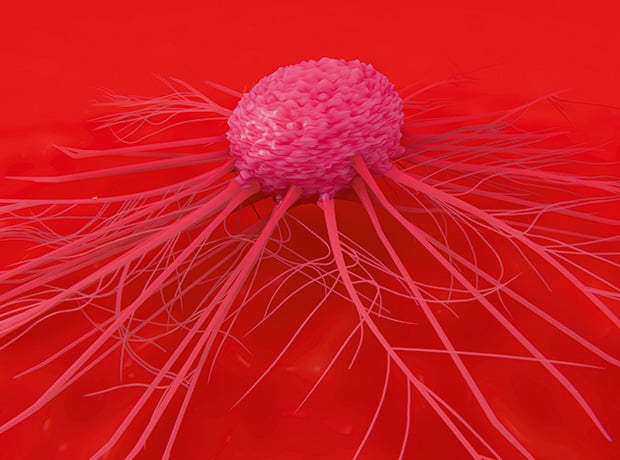Sixth Element Capital and the Cancer Research UK (CR UK) Beatson Institute have announced a multi-year agreement with Novartis to progress development of novel RAS inhibitors, discovered by the Institute’s Drug Discovery Unit, for hard to treat cancers.
Over the past 30 years, it hasn’t proved possible to find a direct pharmacological approach to target RAS that has yielded a drug – but scientists at the CR UK Beatson Institute, supported by CR UK, have been pursuing a highly structure-based design approach to discover small molecules that will directly disrupt RAS activity.
Sixth Element, the UK-based fund manager established to manage investments for the £70 million CRT Pioneer Fund, has announced that under the terms of the agreement, Novartis will collaborate with the Beatson team to further develop the RAS inhibitors, and has the option to exclusively license compounds identified through the collaboration.
Novartis also says that it is making an upfront payment to CPF and funding for research at the Beatson Institute, in addition to CPF being eligible to receive milestone payments and single digit royalties for successfully marketed projects from the collaboration.
The agreement with Novartis is “validation of the Beatson team’s excellent science and innovative approach to hard to treat cancers, such as pancreatic and lung cancer” explained Dr Robert James, managing partner of Sixth Element Capital.
He continued to say that the “very exciting and differentiated approach sits well with our strategy of funding innovative science in order to bring new therapeutic products and technologies to market, improving the care and lives of cancer patients”.
More than 30% of all human cancers, including 95% of pancreatic cancers and 45% of colorectal cancers, are driven by mutations of the RAS family of genes.










